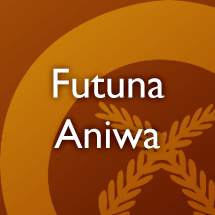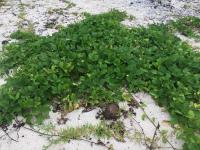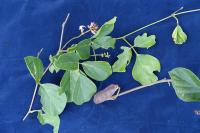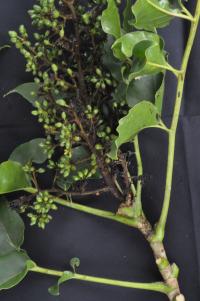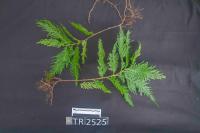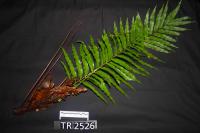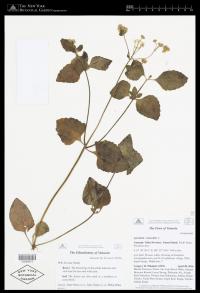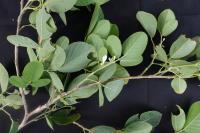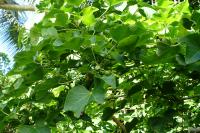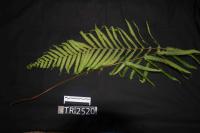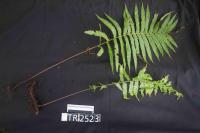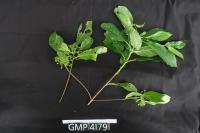Your search for * in plants has returned 100 entries
ama
n
bookmarkfau
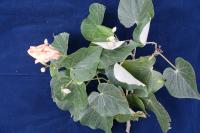
[ɸau] n.
Example: Mature stems used for house posts. Take young shoots, strip bark, ret in sea for 1-2 weeks. Take out, separate and clean fiber, dry in sun for 3-4 days. Then weave grass skirt, for women and used ceremonially. In older times, this skirt was used in gardening. Can also use this fiber as handle for Pandanus baskets.
bookmarkfeka
n
bookmarkfioata
n.
Example: The stems of this tree are good for firewood. (authorities: Naumeta Rose (male, 32), Paul Fatapa (male, 74))
bookmarkfoyaka
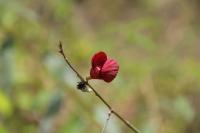
n.
Example: Photo by jcorrie / iNaturalist, License: CC-BY-NC. (authorities: Naumeta Rose (male, 32), Paul Fatapa (male, 74))
bookmarkfuafa
n
bookmarkfuna
n
bookmarkfutji
n
bookmarkgafare
n
bookmarkgaito
n.
Example: The stems of this plant are good for firewood and house posts (authorities: Naumeta Rose (male, 32), Paul Fatapa (male, 74))
bookmarkgamotu
n
bookmarkgarakau
n
bookmarkgasau
n
bookmarkgutu manu
n
bookmarkhtafugi
n
bookmarkhua
n
bookmarkhvao
n
bookmarkkafa
n
bookmarkkaire
n
bookmarkkamkufatu
n
bookmarkkana
n
bookmarkkaomaru
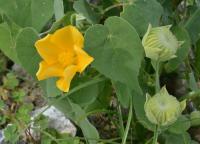
n.
Example: Photo by pl_stenger / iNaturalist, License: CC-BY-NC. (authorities: Naumeta Rose (male, 32), Paul Fatapa (male, 74))
bookmarkkaraka
n
bookmarkkarkari
n
bookmarkkaumagirasi
n.
Example: The thin stems of this plant are used to make a fishing rod. (authorities: Naumeta Rose (male, 32), Paul Fatapa (male, 74))
bookmarkkaumajira
n
bookmarkkauraku
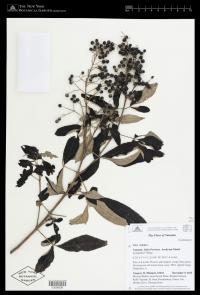
n.
Example: The stems of this plant are used as firewood. (authorities: Naumeta Rose (male, 32), Paul Fatapa (male, 74))
bookmarkkautau
n
bookmarkkava
n
bookmarkko kava

koka
n.
Example: The stem of this tree is good for making house posts as well as used for firewood. The leaves are also used as plates for holding food. (authorities: Naumeta Rose (male, 32), Paul Fatapa (male, 74))
bookmarkkokouri
n.
Example: Planted as an ornamental, for shade (authorities: Naumeta Rose (male, 32), Paul Fatapa (male, 74))
bookmarkkurokuro
n.
Example: The wood is collected for firewood. It is good for cooking lap lap in the earth oven. When cooking in the earth oven, the leaves are used to cover the stones on the fire, and then when the oven is covered with stones, put these leaves on top of the oven. (authorities: Naumeta Rose (male, 32), Paul Fatapa (male, 74))
bookmarkmajira
n
bookmarkmanu
n
bookmarkmasi
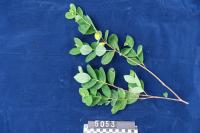
matoru
n.
Example: Name means "thick leaves." This is an ornamental plant introduced by the missionaries. (authorities: Naumeta Rose (male, 32), Paul Fatapa (male, 74))
bookmarkmauku
n
bookmarkmole
n.
Example: This herb is used for cooking, and is said to be used to add flavor to fish and chicken. (authorities: Naumeta Rose (male, 32), Paul Fatapa (male, 74))
bookmarkmori
n
bookmarkmori mori
n.
Example: This species is grown as an ornamental around households. (authorities: Naumeta Rose (male, 32), Paul Fatapa (male, 74))
bookmarkmoropake
n.
Example: (authorities: Naumeta Rose (male, 32), Paul Fatapa (male, 74), Samuel Seru (male, 31))
bookmarkmota
n.
Example: The stem of this tree is used for firewood. (authorities: Naumeta Rose (male, 32), Paul Fatapa (male, 74))
bookmarkmuruji
n
bookmarknaireakava
n.
Example: The stem of this tree is good for firewood. (authorities: Naumeta Rose (male, 32), Paul Fatapa (male, 74), Samuel Seru (male, 31))
bookmarknamase
n
bookmarknamirau
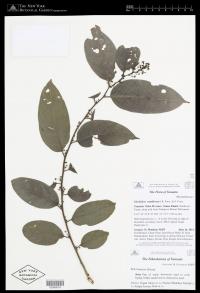
n.
Example: Stems of this species are used for house posts and for firewood. (authorities: Naumeta Rose (male, 32), Paul Fatapa (male, 74))
bookmarknapari
n
bookmarknapasi
n
bookmarknareci
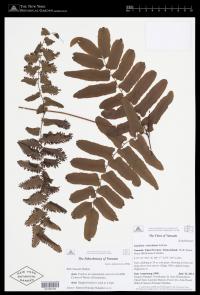
n.
Example: This plant is used to make a head decoration for kastom ceremony. (authorities: Naumeta Rose (male, 32), Paul Fatapa (male, 74))
bookmarknarimesa
n
bookmarknasijau
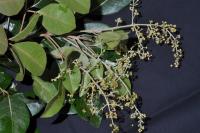
nasitau

nau nau

nifou ura
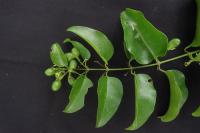
nonu
n.
Example: The fruits are used as a medicine. For any generalized sickness in the body, collect a handful or two of ripe fruits, put them in a bottle with water, allow this to ferment for 5 days, and drink liquid 3x day before meals. For swellings on the body, heat the leaves over a fire and rub on the affected area 1x daily for as long as needed, when the swelling goes away. The stems of this tree are good for house posts as they last a long time. The leaves can be used to cover lap=lap when cooking. (authorities: Naumeta Rose (male, 32), Paul Fatapa (male, 74))
bookmarknta
n
bookmarkntarai
n
bookmarkpakafeina
n
bookmarkpakeifa niu
n
bookmarkpakopako
n
bookmarkpapa
n
bookmarkpara
adj
bookmarkporo
n.
Example: This is an edible plant. Collect the young leaves, boil them in water, discard the water, and add salt and eat. (authorities: Naumeta Rose (male, 32), Paul Fatapa (male, 74))
bookmarkrapoji
n.
Example: This type of Rapoji is the one with the thin leaf. It is grown as an ornamental around households. (authorities: Naumeta Rose (male, 32), Paul Fatapa (male, 74))
bookmarkraso
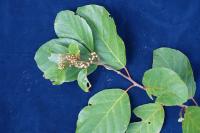
sili

n.
Example: Photo by raphaelsandro / iNaturalist, License: CC-BY-NC. The leaves of this plant are said to be a good local cabbage, cooked in soup and other foods. The fruits are used to spice food, giving it a hot taste. (authorities: Naumeta Rose (male, 32), Paul Fatapa (male, 74))
bookmarktakirai
n.
Example: The stems of this tree are very good for making house posts. The wood from the tree is good for firewood. (authorities: Naumeta Rose (male, 32), Paul Fatapa (male, 74))
bookmarktapi toki

toi
n.
Example: The stems of this tree are good for timber that is used for house posts. The stems can also be burned for firewood. (authorities: Naumeta Rose (male, 32), Paul Fatapa (male, 74))
bookmarktuhmakei
n.
Example: Name means "strong." This is a plant used to make the children strong, as implied by the local name. For children who are 1-3 years old, take a small branch of Tuhmakei, heat over a fire, and rub on the child’s knees, elbows, and ankles 1x daily for 5 days. Each day use another branch and hang it in a tree such as a coconut where the wind can go through it. this will make the child very strong and be able to walk well. Also used by older men, go give them virility. Take 6 leaves and boil in water 1x daily, drink the liquid and toss the leaves away. (authorities: Naumeta Rose (male, 32), Paul Fatapa (male, 74))
bookmarkvava fofare

wauwau
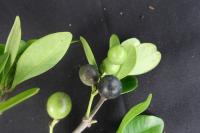
[wauwau] n.
Example: This plant is traded with people from Tanna and Aniwa, as it is sweet smelling, and is put around the head and neck for dancing.
bookmarkwowofine
n.
Example: Ancient people were said to use this vine to decorate their heads during the Kastom dance. If people decorate their heads with this vine today, they say that the vine is from the God of Matchichiki, Futina and if one wears it, people will know that the person is from Futuna--a form of identity. (authorities: Naumeta Rose (male, 32), Paul Fatapa (male, 74))
bookmark